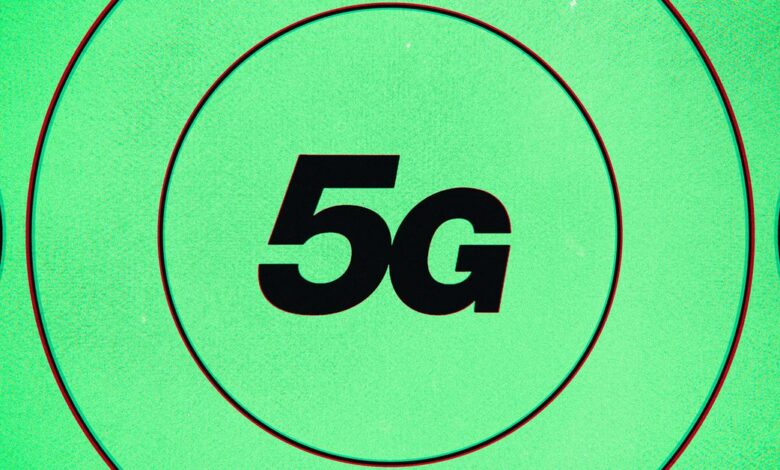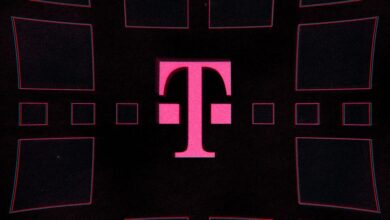GM and AT&T are teaming up to bring 5G to Chevy, Cadillac, and GMC cars by 2024

[ad_1]
General Motors and AT&T are partnering to bring 5G connectivity to “millions” of vehicles over the next decade. The improved connectivity will mean better software performance, enhanced navigation, and faster music and video streaming capabilities, company officials said.
Starting with model year 2024, all Chevrolet, Cadillac, and GMC vehicles will come equipped with 5G. In addition, all of GM’s current model year 2019 and newer vehicles, which are equipped with 4G LTE, will experience “faster connectivity speeds and many of the same performance benefits of future 5G-equipped vehicles” thanks to GM’s fifth-generation cellular network architecture.
In other words, cars made in 2019 and beyond will have improved data speeds and software performance, as well as reduced transmission latency, thanks to this new effort by GM and AT&T. But that will depend on when AT&T’s network is ready to take on millions of new customers.
5G, so named because it is the fifth generation of cellular technology, has the potential to be 100 times faster than 4G LTE, according to Ericsson, but for many smartphone owners, it’s been a mixed bag. The infrastructure is taking longer to build than originally expected, and most smartphones that claim to use 5G aren’t any faster than 4G.
That’s why GM and AT&T are waiting until 2024 before rolling out the new 5G-equipped vehicles. “It’s really not a function of what’s missing in the vehicles,” said Thomas DeMaria, executive director of 5G connectivity at GM. “It’s more around the maturity of the 5G tech technology, and also the readiness of 5G.”
In the interim, GM’s 4G LTE-equipped vehicles starting with model year 2019 and newer will migrate to run over AT&T’s new 5G core infrastructure. According to the automaker, that will align with the timing of GM’s rollout of 5G, which will start with model year 2024. “As the new network infrastructure is built out over the next several years, we will test and learn to see if these improvements can be realized sooner,” a GM spokesperson said.
In addition to better data speeds, customers can also expect better security when using their cars to make phone calls.
“What 5G enables versus 4G LTE, number one it’s complying with the overall 5G standards, which are much higher than 4G LTE,” Gregory Wieboldt, AT&T’s senior VP for global business and industry solutions, said in a call with reporters. “And it’ll offer more privacy for the identity and stronger encryption for your call and your data, because it’s run on a smarter network software platform.”
Self-driving cars are often held up as the ultimate application of 5G. For example, the low latency of 5G can help deliver safety information to an autonomous vehicle’s AI “brain” before it is even visible to a human driver. But in the US, at least, our networks just haven’t met the bar yet to make it a reality. GM and AT&T downplayed the significance of their rollout of 5G for autonomous vehicles at this time.
“The network in the vehicle systems are increasingly relying on what I would call data augmentation,” DeMaria said. “So autonomous functions, ADAS [advanced driver assist systems] functions and other connected services, including navigation systems, increasingly are relying on supplemental data coming in from the network. So we’re going to continue to see that trend.”
[ad_2]
Source link






